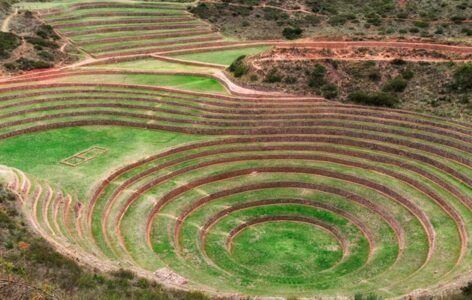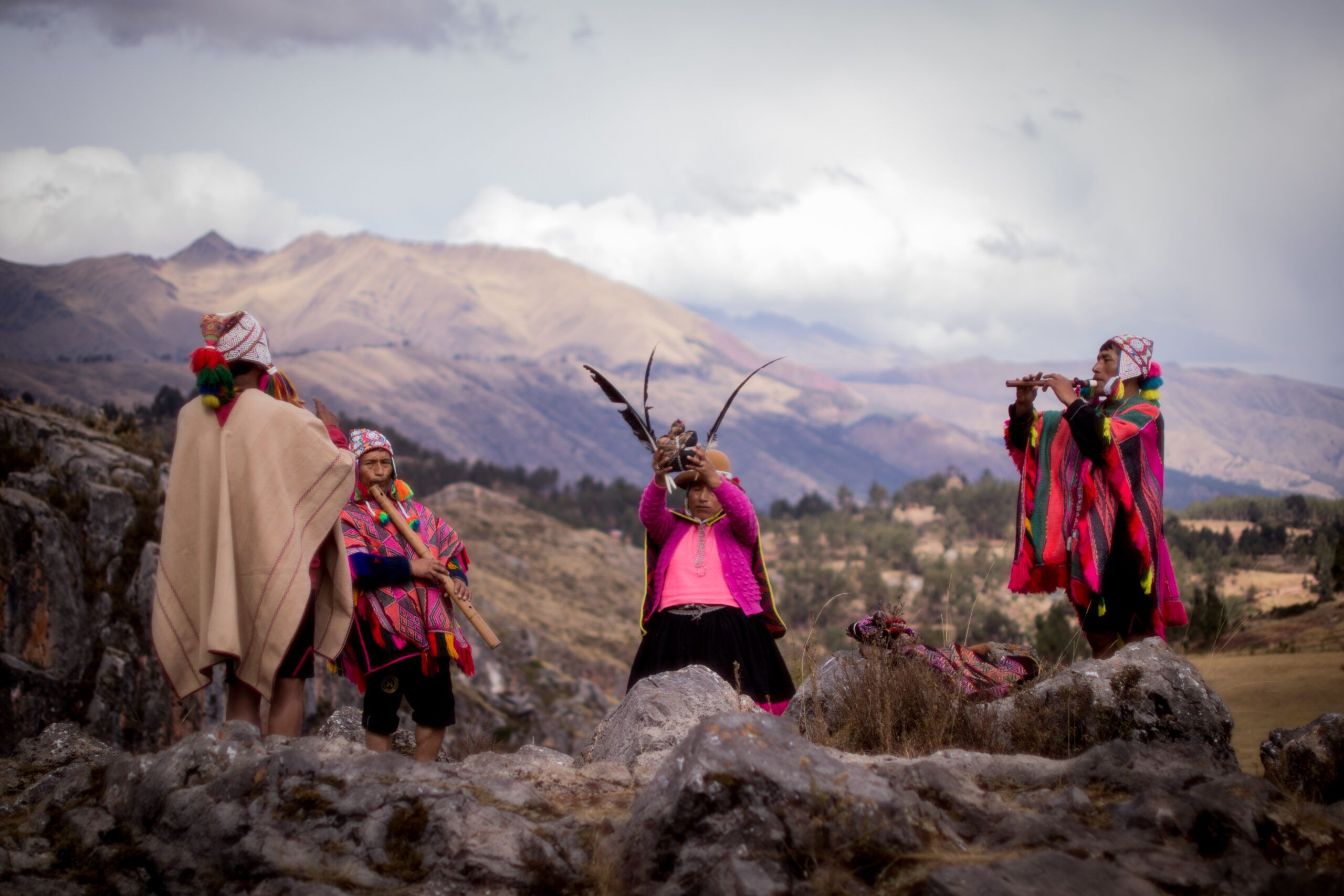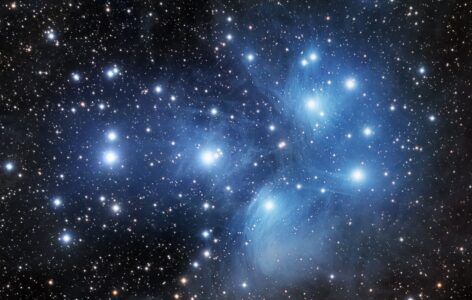Southeast of the city of Cusco, a snow-capped mountain called Ausangate rises to 6,384 meters above sea level. As the highest peak in Cusco, it holds religious, biological, and cultural significance not only for the region but also for the country and the world.
The Meaning of Ausangate Mountain
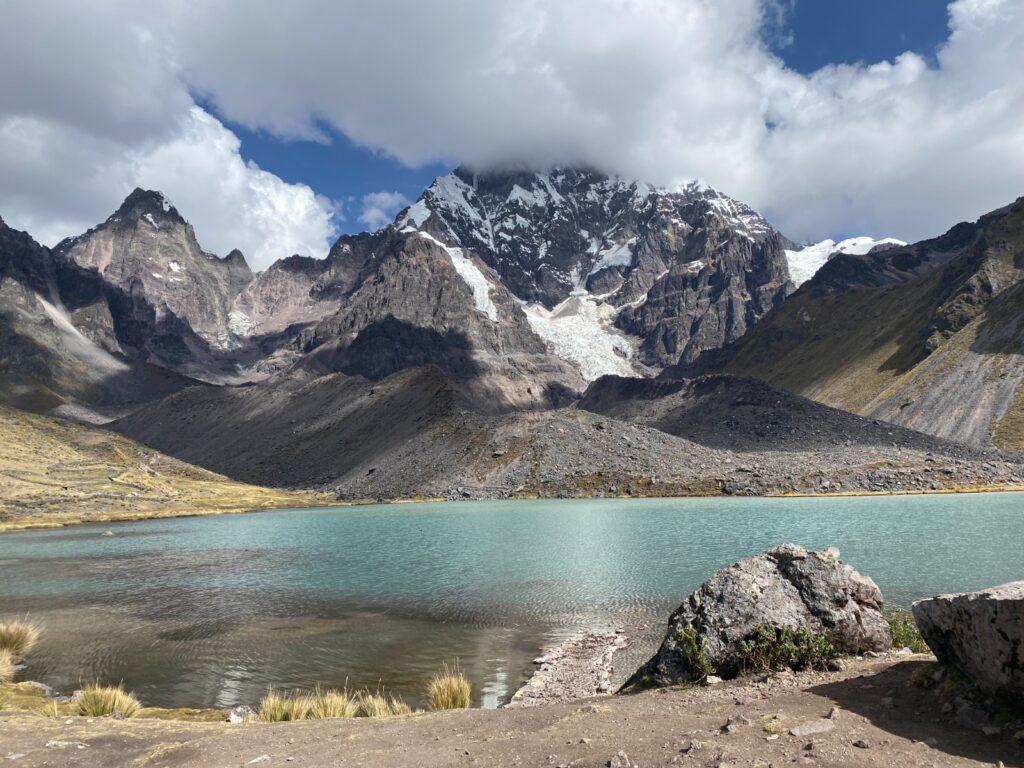
According to Sánchez, the name Awsangate comes from Aymara and means “the one who gathers or unites the family.” This name gives it the symbolic role of a father or elder, representing power and hierarchy. People have worshiped Ausangate since pre-Incan times, and possibly even since primordial times.
Numerous legends surround Apu Ausangate, and some even claim that it played a role in wars of independence and the saltpeter wars. Here, we will explore two of the most important stories.
The Living Spirit in the Sacred Mountain
Apu Ausangate is a living being who was once a man—a good man—who spoke with shamans and told them what he needed. He himself taught how to make offerings; he could speak and communicated with farmers and shamans. In this way, people pleaded with Ausangate as if he were their father, asking for success in their work, the well-being of their animals, and healing for their illnesses. When they cultivated the land, they would blow coca leaves towards him and pour wine as an offering (Condori & Gow, 1982).
The Family of Ausangate
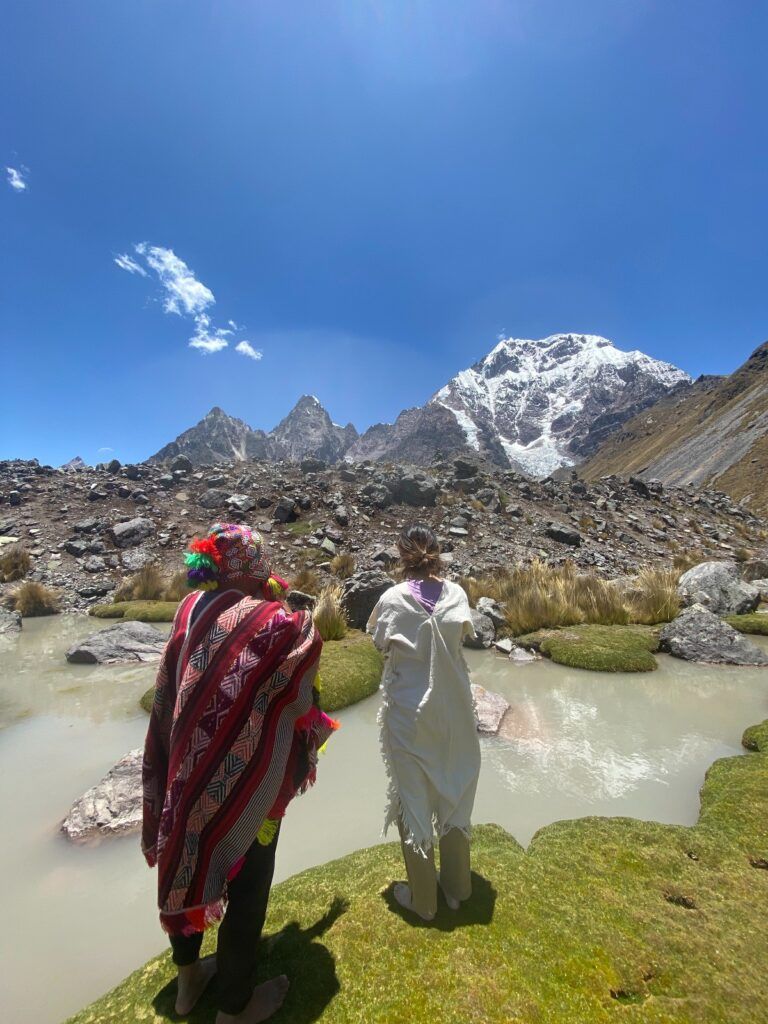
People believe that Apu Ausangate is a living being who was once a man—a good man—who communicated with shamans and guided them in their offerings. He spoke with both peasants and shamans, teaching them how to make offerings and understanding what they needed. People prayed to Ausangate as if he were their father, asking for blessings for their work, the well-being of their animals, and healing for their illnesses. As part of their rituals, they blew coca leaves and poured wine as offerings (Condori & Gow, 1982).
According to tradition, Apu Ausangate had six sons and six daughters (Sánchez, 2006). Among them were María Huamanticlla, Juana Sacapana, and Tomasa Quinchu, as well as his eldest son, Sawasiray. His brothers included Machu Ausangate, Wayna Ausangate, and Kayangate.
The Power of Ausangate in Andean Spirituality
This Apu is capable of granting the star, known as kamaq, a divine quality. It is a giver of knowledge (Szemiński et al., 2018), necessary to become a high misa (Andean priest). Ausangate and other Apus bestow inqaychu—sacred stone amulets that ensure fertility. Likewise, Cayangate, Apu Qulqi Cruz, Apu Jahuaycate, and all the Apus gift sacred stones to those who are fortunate.
Author: Joan De la colina
References
Szemiński, J., Ziółkowski, M. S., & Wachtel, N. (2018). Mitos, rituales y política de los incas (R. Zeballos Rebaza, Trad.; Primera edición). Ediciones El Lector.
Condori, Bernabé & Gow, Rosalind (1982). Kay Pacha. Editorial CBC, Cusco.
Sánchez Garrafa, Rodolfo (2006). Apus de los Cuatro Suyos: Construcción del Mundo en los Ciclos Mitológicos de las Deidades Montañas.

